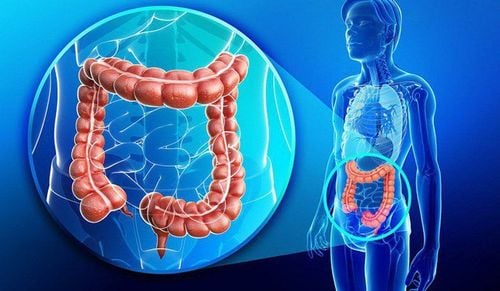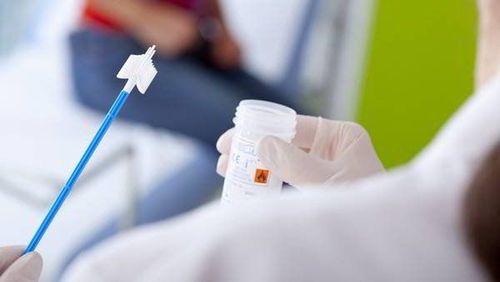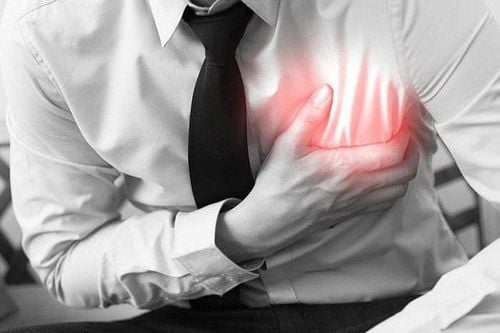This is an automatically translated article.
Malignant testicular tumor is one of the most common cancers in men aged 15-35 years. Testicular biopsies are effective in diagnosing testicular tumors.
1. Testicular Biopsy
Testicular biopsy is the process of removing a piece of testicular tissue, about half the size of a matchstick. This procedure is done under general anesthesia, or local anesthesia. Testicular tissue samples are sometimes taken for testing. These cell samples are then examined under a microscope to see if there is any growth of sperm.
Testicular biopsy is quite safe; There are two types of testicular biopsies:
Fine-needle biopsy: A technique that can be performed under local anesthesia that involves inserting a fine needle into the testicle to obtain a sample of tissue about half the size of a testicle. matchhead. Open biopsy: Involves removing a larger piece of tissue in size after cutting through the skin and thick covering of the testicle. This technique is performed while the man is under general/spinal anesthesia. Testicular biopsies are performed for a variety of purposes, with testicular biopsies helping to determine the nature of the abnormal mass in the testicle or to confirm the existence of testicular cancer.
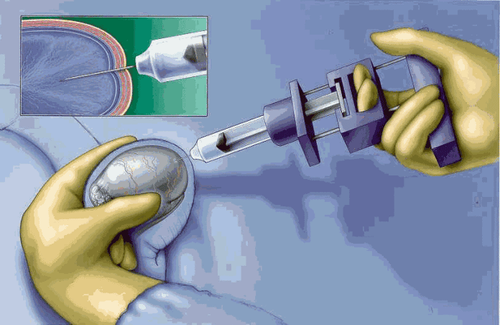
Kết quả sinh thiết tinh hoàn giúp xác định khối u bất thường ở tinh hoàn
2. Testicular tumor
2.1 Those at risk of testicular tumor Testicular tumor is common in:
People with undescended testicle: This is a condition where the testicle is not located in the scrotum but in the abdomen (usually in the fetal stage). or in the first 3 months after birth, the testicles of boys will move from the abdomen to the scrotum). People with sex chromosome disorder. Testicular trauma. Mumps orchitis after puberty. People who work in extremely hot conditions such as miners, long-distance drivers,... 2.2 Testicular tumor symptoms The first stage of testicular tumor usually has no special signs, only the testicles are enlarged. and solid when palpated with the fingertips, may also be painless or slightly painful. Sometimes there is a feeling of heaviness in the scrotum, pain in the breast accompanied by fever.
If detected early, for the most common testicular tumor, seminoma, the cure rate can be close to 100%. If not treated early, cancer cells can spread through the lymphatic system to lymph nodes in the abdomen, chest, neck, and eventually the lungs.
The results after a testicular biopsy help the doctor determine whether the tumor is malignant (cancerous) or benign (non-cancerous) from which to have appropriate treatment.
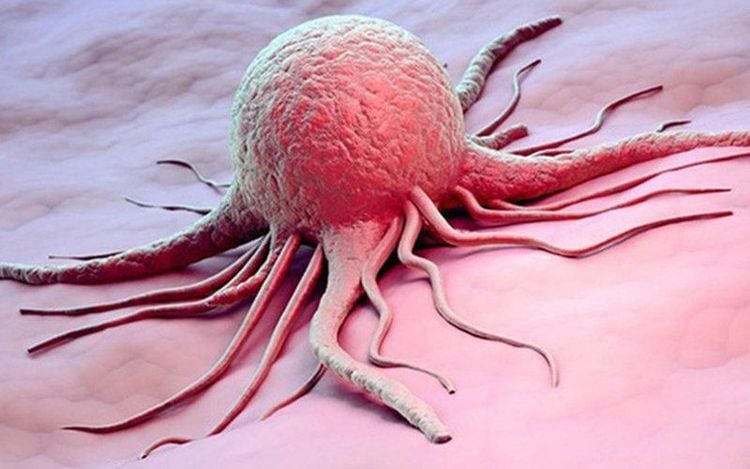
U tinh hoàn có thể được chữa khỏi nếu phát hiện sớm
2.3 Treatment of testicular tumors Orchiectomy is the primary treatment for nearly all stages and types of testicular cancer. To remove a testicular tumor, the surgeon makes an incision in the groin. You will be sedated during surgery. All surgical procedures carry the risk of bleeding, pain, and infection. Surgery may also be required to remove the lymph nodes in the groin. Sometimes this is done at the same time as the orchiectomy. In other cases can be done later. Lymph nodes are removed through an incision in the abdomen. In addition, to treat testicular cancer, patients must also undergo radiation therapy and chemotherapy. Men can self-examine testicles by gently moving the testicles back and forth with both hands, to check for any abnormal lumps. If you see any abnormal symptoms such as: painful testicles, small tumors, uneven testicles, you need to immediately go to reputable medical facilities for examination. To find the cause and have appropriate treatment indications.
Any questions that need to be answered by a specialist doctor as well as if you need to be examined and treated at Vinmec International General Hospital, please book an appointment on the website for the best service.
Please dial HOTLINE for more information or register for an appointment HERE. Download MyVinmec app to make appointments faster and to manage your bookings easily.




